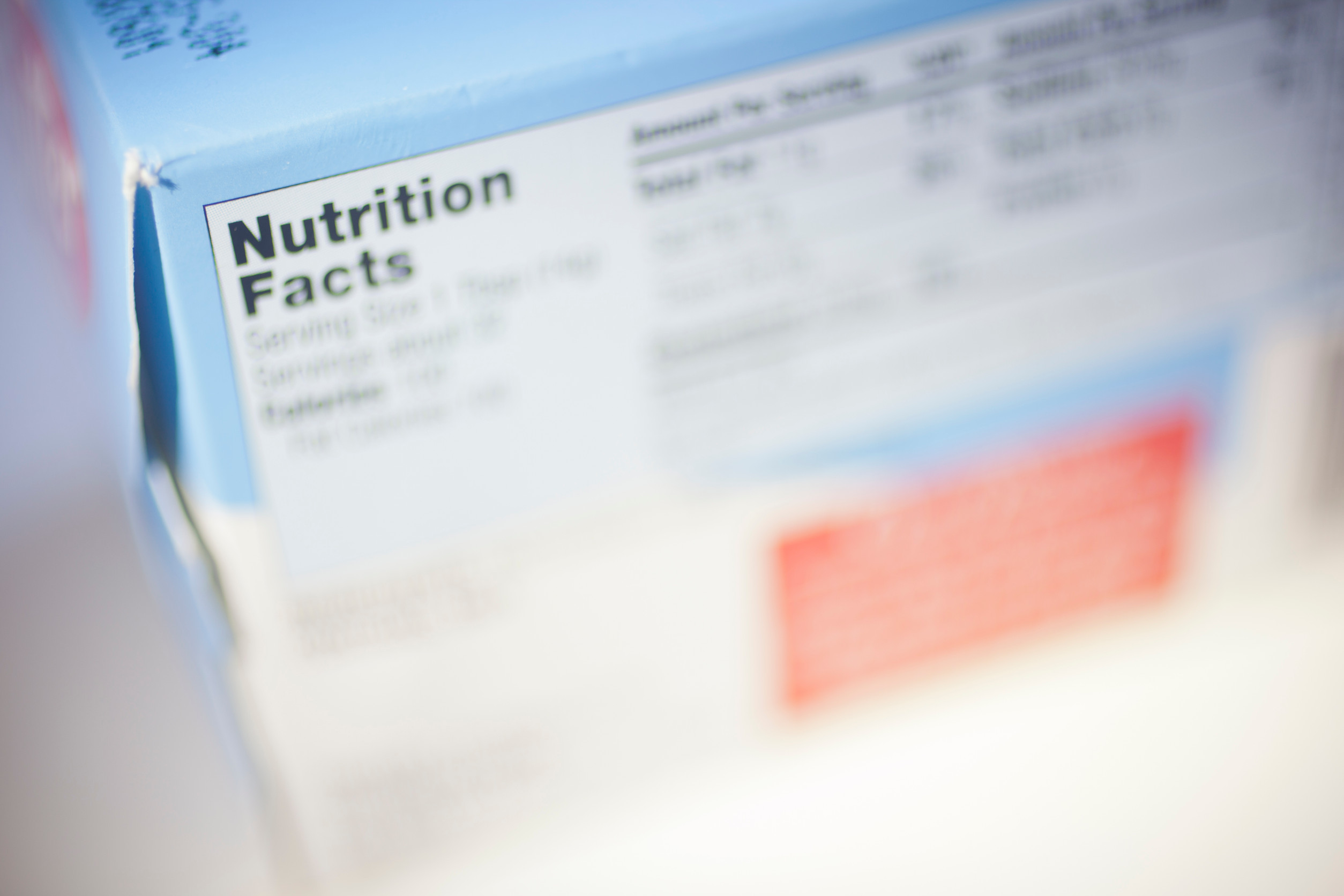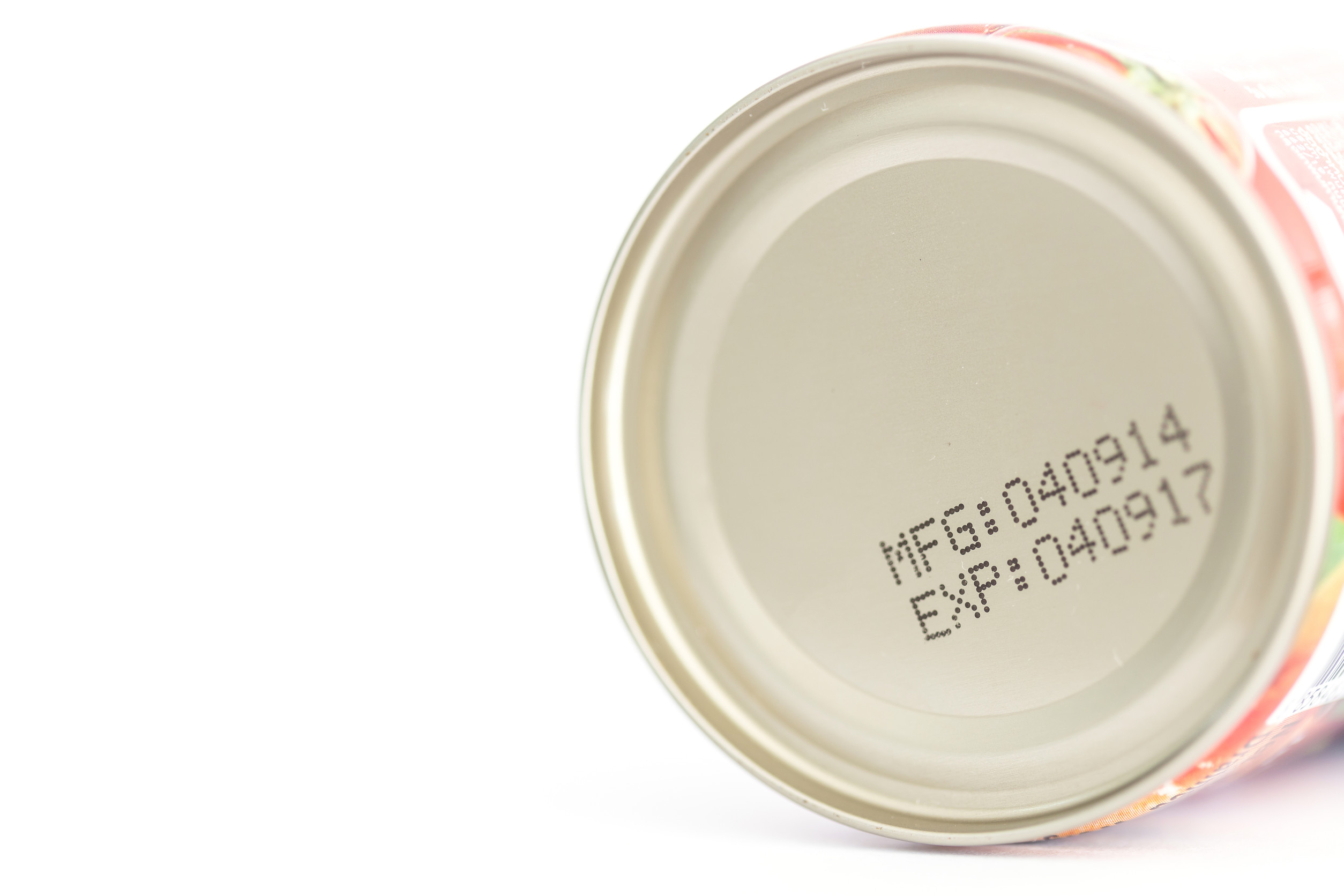Packaging often goes unnoticed during daily shopping trips, yet it holds secrets that quietly shape what consumers buy and how much they get. Over the last few years, companies have become experts at subtle changes, tweaking what’s inside boxes, bottles, and bags without broadcasting it to the world.
In a time of rising costs and intense competition, these invisible adjustments help brands cut expenses while hoping customers won’t notice. Sometimes, the changes make sense for the environment, but other times, they quietly shrink value while prices remain the same or even climb higher.
1. Less Product, Same Box
One of the most common tactics is keeping the packaging size identical while reducing the amount inside. Breakfast cereal boxes, snack bags, and even ice cream tubs often look unchanged on the outside but deliver less once opened. Consumers rarely check the net weight printed in small text, trusting their eyes instead. As a result, the only hint comes when familiar portions run out sooner than they used to. This quiet shrinkage, sometimes called “shrinkflation,” adds up over time while companies maintain or raise prices.
2. Bonus Items Quietly Vanish
Many household products once proudly offered bonus items as an incentive to choose one brand over another. Extra razor cartridges, complimentary travel-sized toiletries, or free samples hidden inside packaging were once common surprises. Lately, these bonuses have quietly disappeared from shelves without fanfare or apology. What was once a perk to build loyalty now slips away under the radar. The core product remains, but the extra value that once built brand trust fades into the past.
3. Interior Wrapping Gets Thinner
Inside many packages, protective layers or inner wraps quietly become lighter or vanish altogether. Cookies, crackers, and snack bars often relied on sturdy inserts or extra plastic sleeves to prevent breakage. Today, the same box might arrive home with a crumpled mess inside because the inner support has been downgraded or removed entirely. By doing so, manufacturers save on materials, shipping weight, and production costs. While these cuts often get marketed as “sustainable,” they sometimes feel like corners being cut instead.
4. Expiration Date Clarity Fades
Clear expiration dates and freshness indicators used to be non-negotiable for many packaged foods. In recent years, some brands have shifted to vague coding or hidden stamps that confuse shoppers trying to check freshness. This move lowers packaging costs by using a single label across markets or production batches. For consumers, it makes it harder to know how long an item will stay safe or tasty. Less transparency shifts more burden onto shoppers who just want to trust what’s on the shelf.
5. Plastic Windows Disappear
Many food boxes and household items once featured clear plastic windows offering a peek inside. Window cutouts gave shoppers confidence about what they were buying, whether it was cookies, pasta, or toys. Slowly, these windows have disappeared under the claim of being environmentally friendly. While reducing unnecessary plastic is important, the hidden benefit for brands is that it makes it easier to mask smaller quantities or lower-quality content. Without that glimpse inside, shoppers rely more on trust than on sight.
6. Instruction Leaflets and Extras Are Going Digital
From over-the-counter medicine to small appliances, instruction booklets were once a staple tucked into every box. Now, a growing number of brands quietly remove printed instructions and direct buyers to online PDFs or videos instead. This move saves paper and printing costs, but it leaves some customers frustrated, especially those without easy internet access. Sometimes, crucial information like dosage charts or warranty details is no longer at shoppers’ fingertips when they’re needed most. Going digital shifts the responsibility and cost onto the buyer while companies keep their savings.
Small Changes, Big Impact
Consumers have always trusted that what they see on store shelves is what they get, but subtle shifts in packaging prove that trust shouldn’t be blind. Companies continue to adapt under pressure to stay profitable, often choosing silent cuts to keep prices stable on the surface. These quiet removals—whether of product, protective layers, or helpful extras—add up over time, reshaping how much true value each purchase brings home.
While some packaging changes genuinely help the planet, others lean heavily into the shadows of consumer awareness. If you’d like, you can now share your own experiences about what’s quietly disappearing—what subtle changes have stood out lately? Drop a comment to add your voice to the conversation.
Read More
Costco’s 5 Most Controversial Decisions—And How Customers Reacted
10 Food Labels That Mean Absolutely Nothing—But Still Influence You


